
Happy hour
Exercise, and cardiovascular exercise in particular, has proven benefits for brain health and happiness – and they come far quicker than physical results. So, are we marketing fitness all wrong? Kate Cracknell asks the experts.
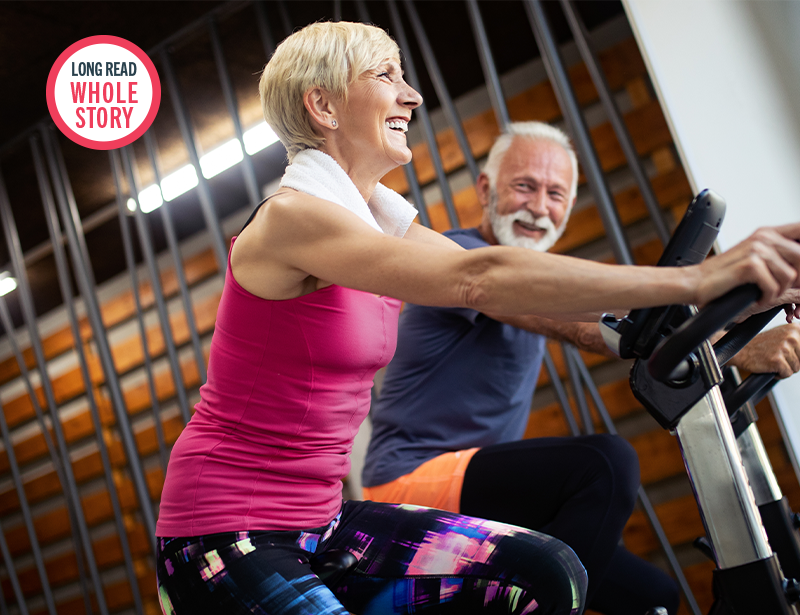
Life cycle
Indoor cycling can be hugely beneficial as we age. Our panel of experts discuss the science, the secrets of engaging older people, and why our sector must embrace this agenda
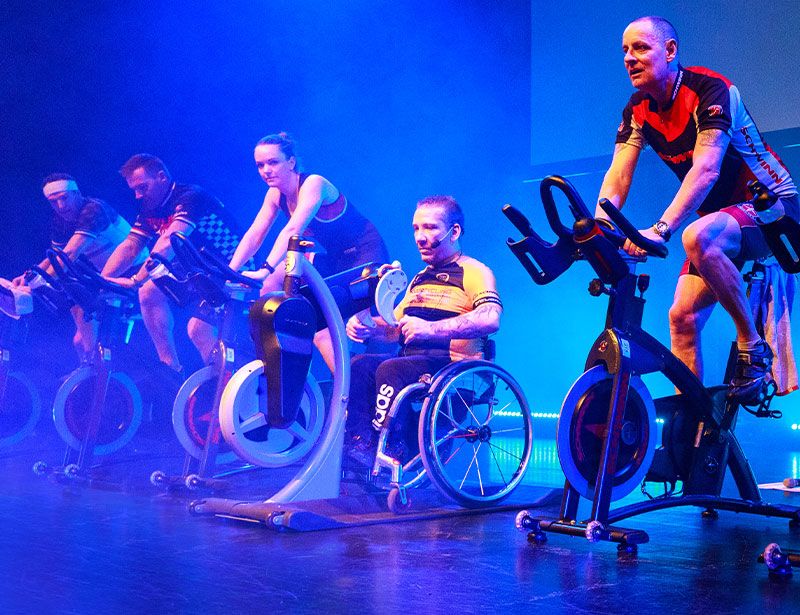
Dis/ability
Graham Burns was the first wheelchair user in the world to complete Schwinn’s indoor cycling instructor training, challenging perceptions of what it means to be disabled in the fitness sector. He shares his story with RIDE HIGH.

Cycle change
Indoor cycling has great benefits for women going through (peri)menopause, but how you approach it may need to change. Our panel of experts share their invaluable advice for exercisers, clubs and instructors.
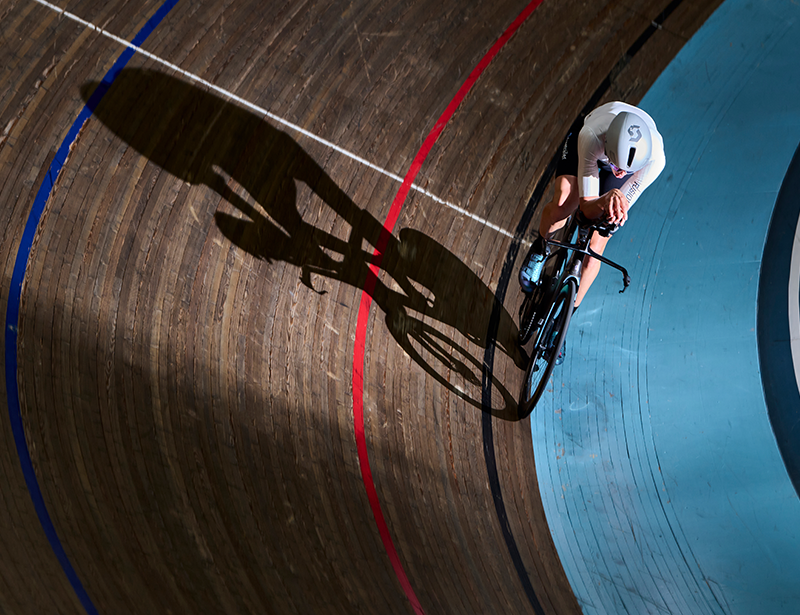
Clothing for when it matters
In Denmark, Fusion Sportswear System puts functionality before fashion to create “clothing for when it matters”. CMO Troels Vest Jensen speaks to RIDE HIGH about zero compromises, world records and a commitment to sustainability.

The science of cycling
If you haven’t cottoned on to the power of pedalling, you’re missing out, says Les Mills writer Emma Hogan, as she highlights the latest science and shares six great reasons why indoor cycling is still riding high in clubs around the world
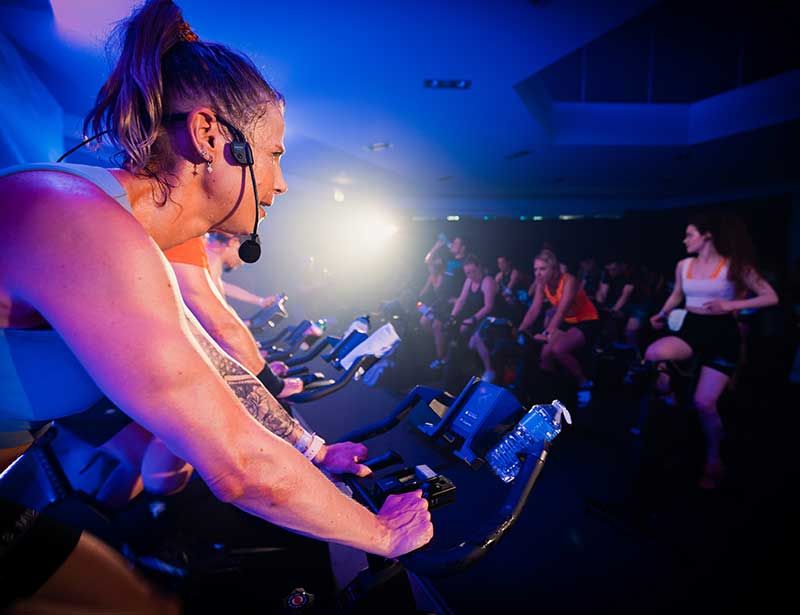
Recovery at work
Recovery has become something of a buzzword recently, but as an instructor, how do you strike that perfect balance between staying well and running all your scheduled classes? World-renowned endurance coach Hunter Allen explains the Training Stress Score.

Future-proofed instructors
As indoor cycling evolves, how must education evolve with it to ensure we have the instructor workforce we need? Our expert panel share their thoughts.
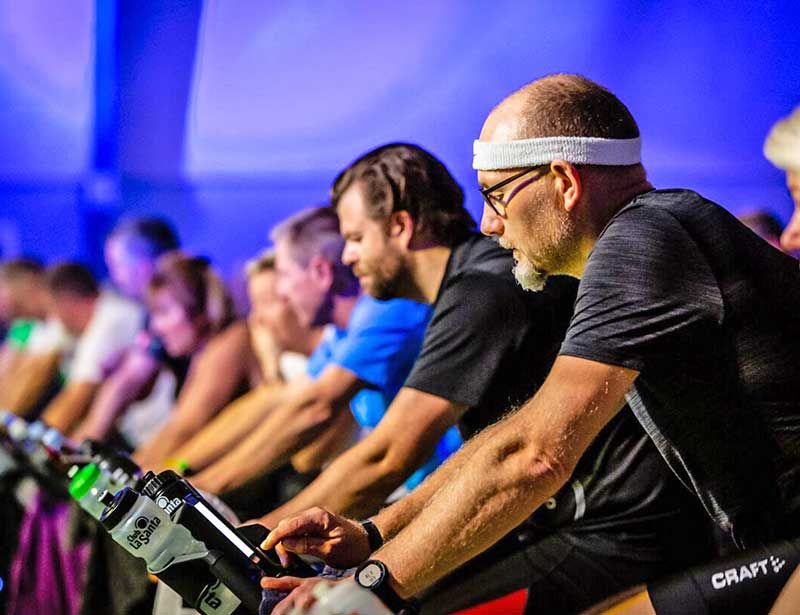
Power Play
Heart rate, RPM, power zones… Which training method should your club or studio use in its indoor cycling classes, and why? For Peaks Coaching Group founder and CEO Hunter Allen, it’s all about power. He shares his thoughts with RIDE HIGH.
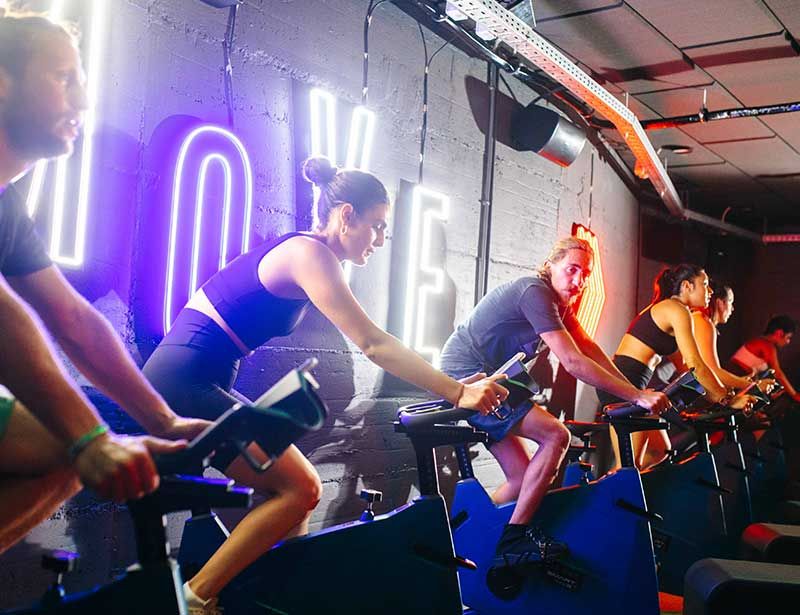
Go the extra mile
Yoga and pilates are hugely beneficial for indoor cyclists, as complementary classes that can help cyclists avoid injury and pain, as well as boosting performance in the saddle. We talk to the experts.

Conceived, powered and funded by BODY BIKE®, RIDE HIGH has a simple mission: to celebrate and champion the very best of indoor cycling, sharing ideas, stories and experiences from around the world to inspire the sector on to even bigger and better things. Subscribe for free by leaving your details below and we'll send indoor cycling's hottest news direct to your inbox three times a year.


